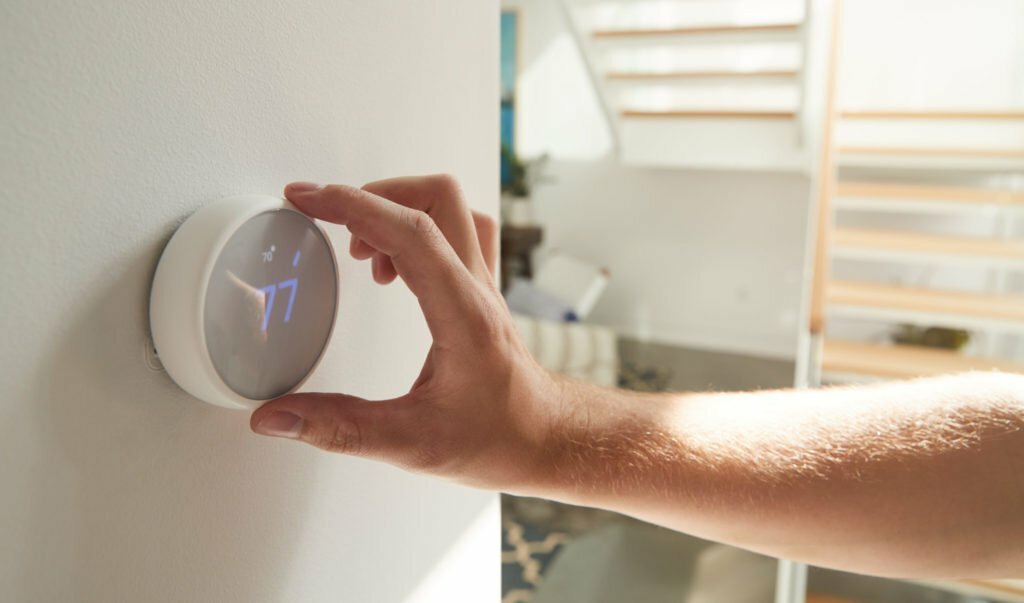Being responsible for your HVAC system can be complicated. There’s a lot that goes into keeping an HVAC in good working order, and there are also other components that you need to keep track of. The thermostat is one of the most important parts of your system, and it can create expensive problems to deal with when it isn’t working. Knowing what red flags to look for and when to call a technician is essential if you want to avoid a costly breakdown. Keep reading to find out how you can tell whether or not you need a new thermostat.
How do you know when you need a new thermostat?

If you’re new to taking care of your own HVAC maintenance, it can be confusing to know when you need a repair or replacement. So, how do you know if you need a new thermostat? There are several warning signs that you should keep an eye out for. When your thermostat is malfunctioning, you may notice that your air conditioner turns on and off unexpectedly or at unusual times. Faulty wiring can be one possible cause of this type of malfunction.
Inaccurate temperature readings are another common problem and one of the biggest signs that you need a new unit. You can check the accuracy of your thermostat by using a thermometer in the room to compare. These inaccurate readings are often coupled with an increase in your utility bills. A system that can’t read the temperature properly will work harder and more often than it should, which is what will cause the uptick in your energy costs.
Sometimes you may need a new thermostat purely because of the age of your old one. The average life span of a thermostat is about 10 years, and after that, it’s considered to be outdated. If it’s been over a decade since you had your thermostat replaced, you may want to look into getting a new one. Proper care and maintenance will help you extend the life of your unit, so make sure you have your HVAC system and its components inspected on a regular basis.
What else can you do to manage the indoor climate?

Anyone who needs a new thermostat should consider upgrading to a smart thermostat. A smart thermostat is a Wi-Fi-enabled thermostat that is compatible with home automation and can be operated from a smart speaker, mobile phone, or computer. Some smart thermostats even use an algorithm to develop an energy-efficient schedule based on when you tend to come and go. Making the switch will give you more control over your HVAC system and help you cut down on your energy bills. A smart thermostat is a great addition for any homeowner.
The condition of your windows can also be a problem when it comes to managing the indoor temperature. Cracks and crevices can let in outdoor air, which can change the temperature inside your home and force your HVAC system to work harder to compensate for it. This can raise your monthly bills significantly, in addition to making your home less comfortable. If you want to maintain your desired temperature and keep your home safe, make sure you seal any cracks and have damaged windows replaced as soon as possible.
Nobody wants to deal with a faulty thermostat, but even just general wear and tear will necessitate a replacement eventually. The average thermostat only has a life span of about 10 years. Your unit turning on or off unexpectedly or your thermostat displaying inaccurate temperature readings are also reasons to consider calling a technician to inspect your HVAC unit and thermostat. When you do replace your thermostat, you may want to upgrade to a smart thermostat so you can stay more comfortable and lower your utility bills. Just make sure you keep the rest of your house in good condition, too, so your HVAC can operate at peak efficiency.




